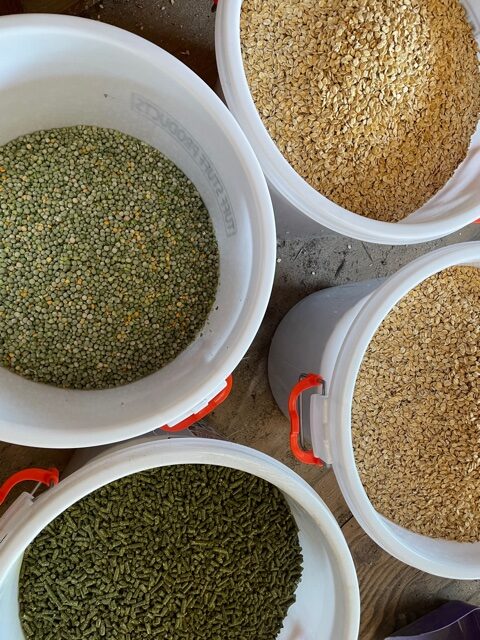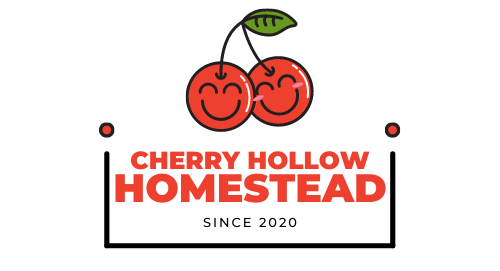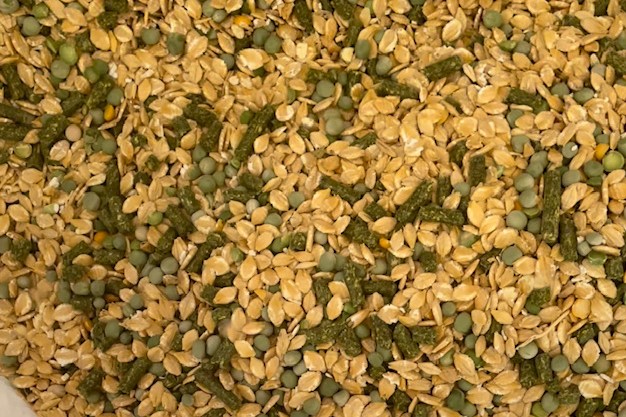If you are wanting to make your own homemade pig or hog feed, then keep on reading to see what I feed my Mangalitsa pigs and hogs!
While this topic is not specific to Mangalitsa pigs at all, that is what I have so that is what we’ll focus on. But, of course, this can be generalized to most pigs and hogs.
We will cover topics such as protein content, organic, non gmo, how to save money, where to buy food, etc…
Is Organic and NON GMO Important?
This is the age old debate, is it not? Well, maybe not age old, as it is more of a newer debate, but it certainly is a hot debate. I spent a LOT of years studying nutrition. But not ordinary nutrition that is passed down by the FDA and other government agencies. I studied holistic nutrition. REAL nutrition. Nutrition that is good for the body and nutrition that combats disease. Not the nutrition that soley supports agriculture vs health.
Organic is important, but NON GMO is more important. The reason I say that is because if you have organic feed, then you already know that it is NON GMO. In order to meet the guidelines to advertise as Organic, it is somewhat of a steep learning (and financial) curve. Organic is not just the feed itself, but where the ingredients grows, what may or may not get sprayed on it, harvesting practices, etc…
So there are many feeds that might otherwise pass as Organic in terms of what the feed IS, but there is some part that doesn’t meet the other requirements or due to financial reason it is not on the radar. In which case, the next best option is to look for NON GMO.
NON GMO feed and ingredients ensure that you are receiving real ingredients. No ingredients that have been modified in a lab.
I’m not going to debate the GMO topic, but if you are interested, hit me up. I have done plenty of research in graduate school for Complementary and Alternative Medicine and can share a lot.
Protein Percentage for Pigs
I am not an expert on this, but I did find a nice article that lays it out there in terms of the different protein percentages needed for different age groups. Here is what their chart says (disclaimer: this is just one option and opinion, use it only as a starting point and develop your own guidelines):
Ration Protein %
Creep Feeding 18-20%
Growing (50-125 lbs) 15-16%
Finishing (125-240 lbs) 13-14%
Young gilts-boars 15-16%
Older sows-boars 13-14%

How to Calculate Protein Percentage in Homemade Feed
Don’t be scared away by having to calculate your own protein percentage. It is actually pretty simply. If you want a detailed description, be sure to read How To Calculate Protein Percentage in Homemade Feed.
Otherwise, here is the simpy calculation (again, if you need more of an explanation, refer to this article: How To Calculate Protein Percentage in Homemade Feed)
For the sake of simplicity, we will use a 3 ingredient mix.
Let’s say you use:
X pounds on ingredient #1, where ingredient #1 has A% protein
Y pounds of ingredient #2, where ingredient #2 has B% protein
Z pounds of ingredient #3, where ingredient #3 has C% protein
Then,
Your % protein = ((X*A) + (Y*B) + (Z*C)) / (X+Y+Z))
I know, I know, it looks complex. I assure you, it is NOT. The above is the short formula without explanation. Refer to How To Calculate Protein Percentage in Homemade Feed and you will be a pro in about 2 minutes.

What I Feed My Mangalitsa Pigs
At the moment, I only have 6 growers. I have 5 gilts and 1 boarling, all just about 40 pounds. They are done nursing and are all totally on feed.
I feed them:
4 parts rolled barley
1 part field peas
1 part alfalfa pellets
and a sprinkle of kelp for minerals.
I soak their feed for about 8+ hours before giving it to them. And then when I feel them, I add in a bit more water. Consuming water with their feed cuts down on water consumption overall.
Ways to Save Money on Hog Feed
Now, if you are not concerned with Organic or NON GMO, there are plenty of cheaper ingredients (such as corn or soy) that can be used in making feed. I stay away from these, but that is a personal choice – no judgments here. Even some conventional feed can be found pretty cheap when it is made from corn and soy.
You could also supplement with what you have on the farm. For example, we have an abundance of laying hens so we supplement with eggs. We also have a lot of apple and pear trees and so the pigs get lots of those seasonally as well.
Another way is to consider pasture raised pigs! Think of all the wonderful nutrients the pigs could get out on pasture. This is what we do. We rotate them through different pastures so we can overseed when they are done (or just about done) on a given pasture. Then by the time they come around again, lots of wondering things are growing for them to eat and root around in.
Lastly, buy ingredients or feed in bulk. The more you buy at one time, the more you can often save!

